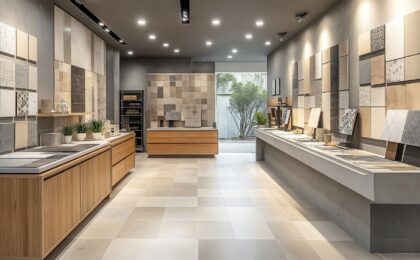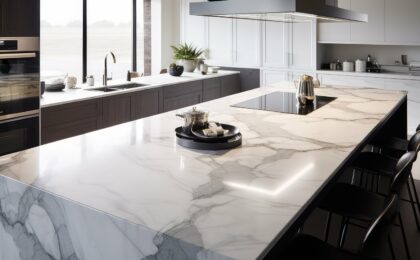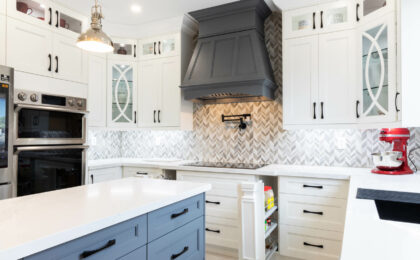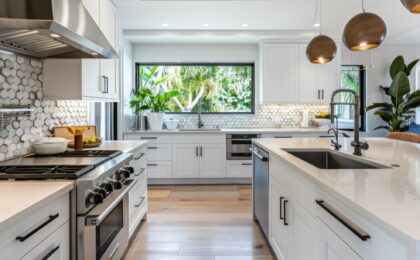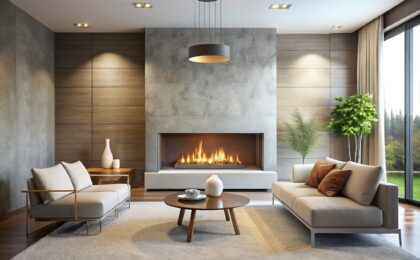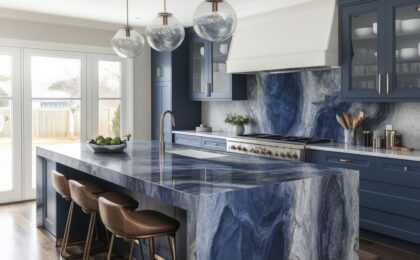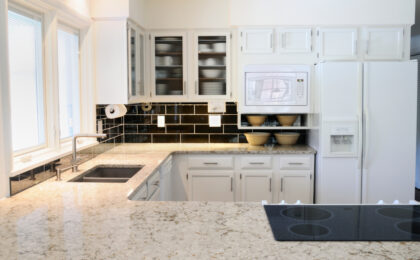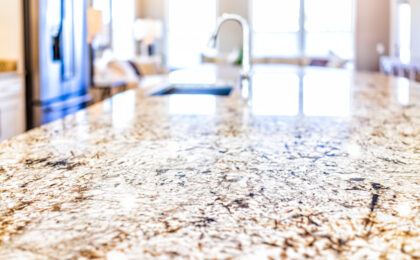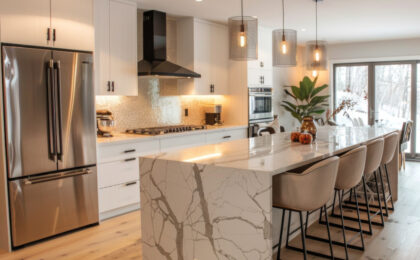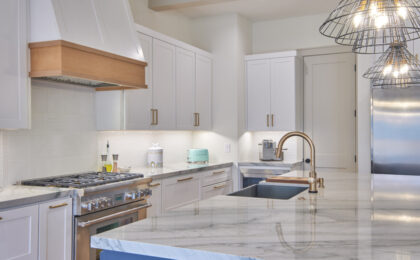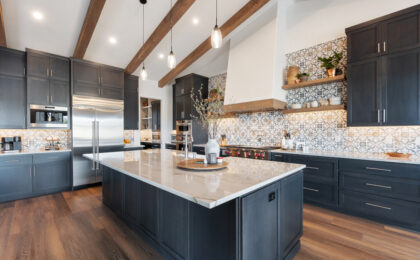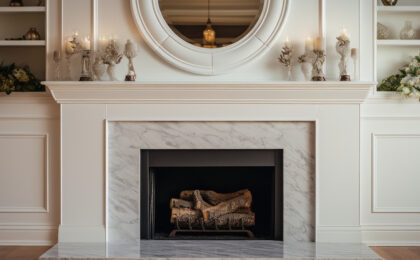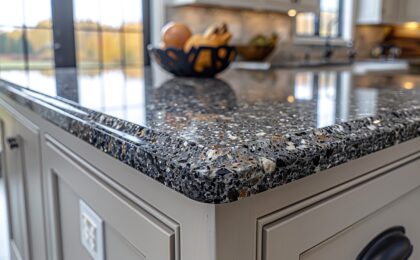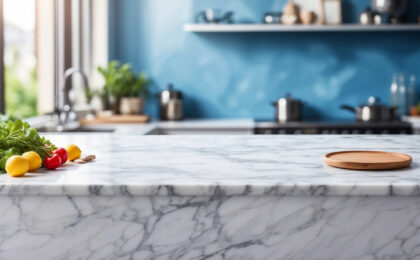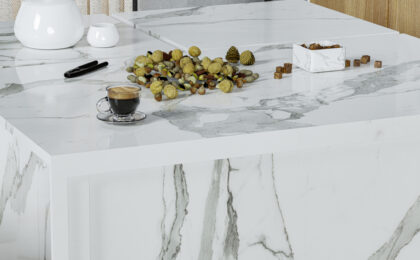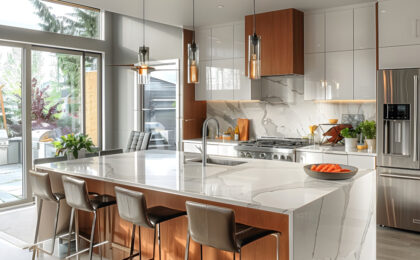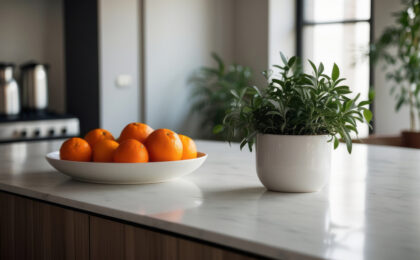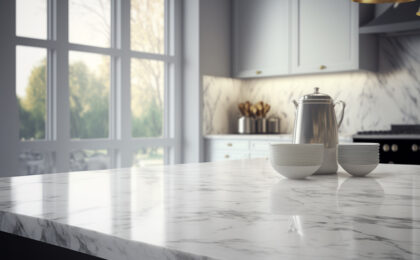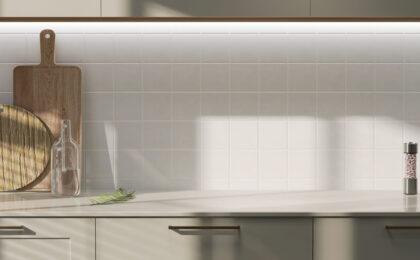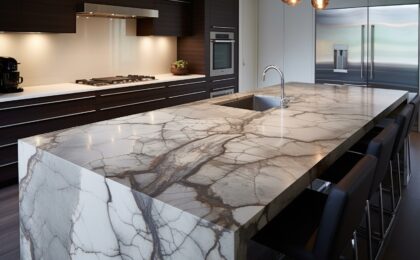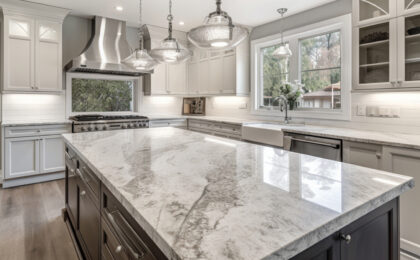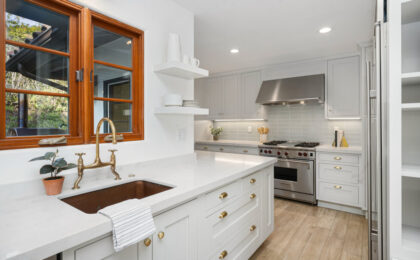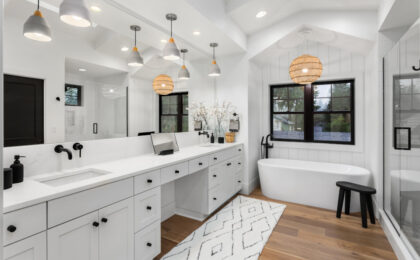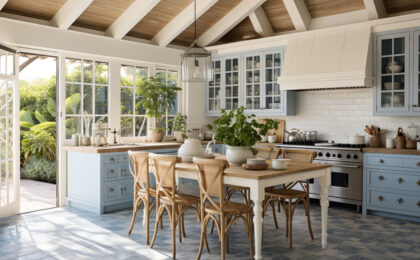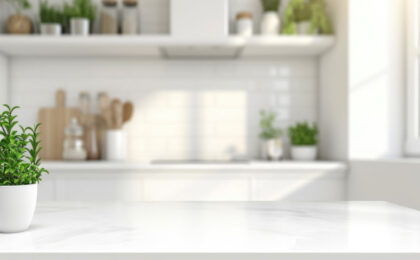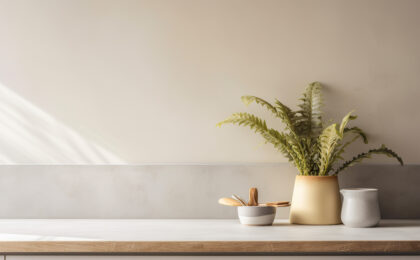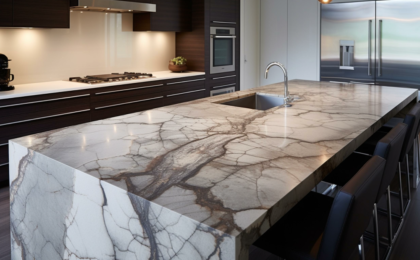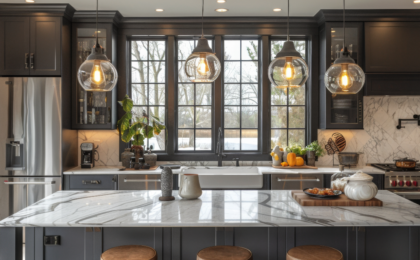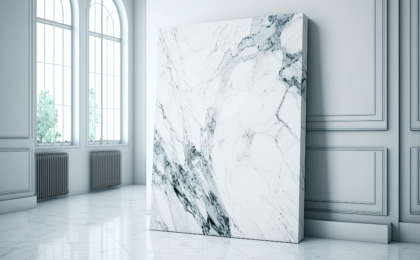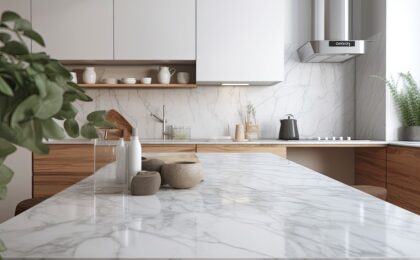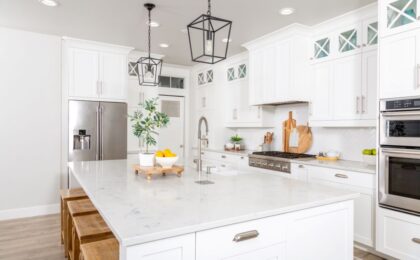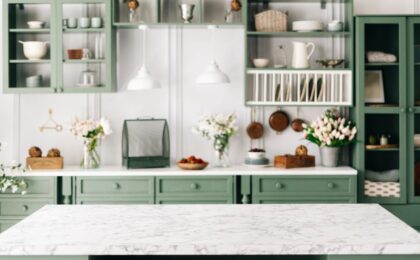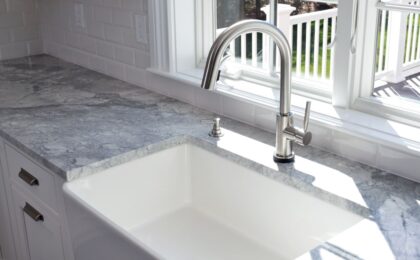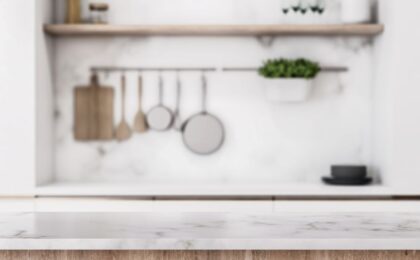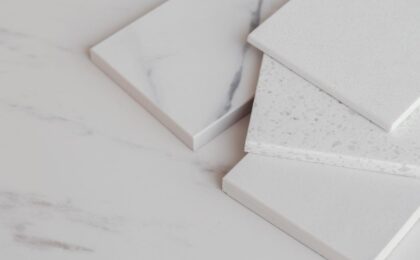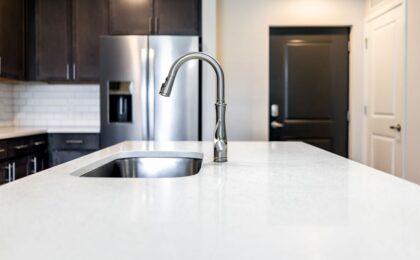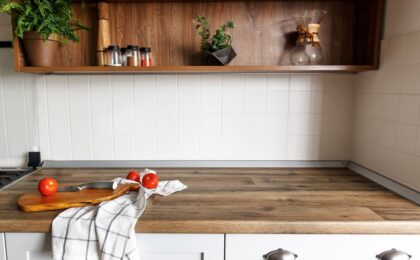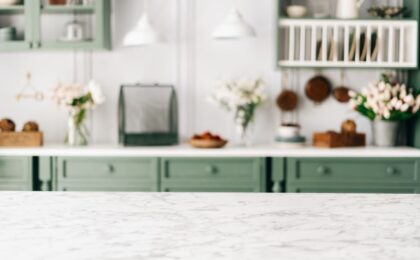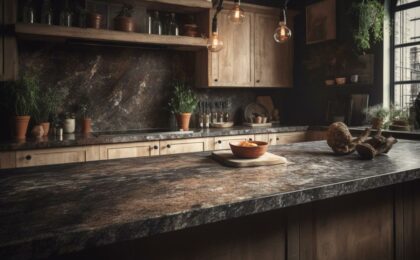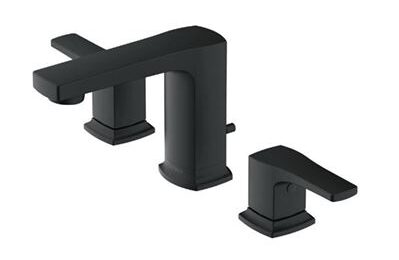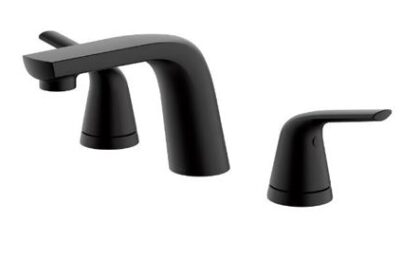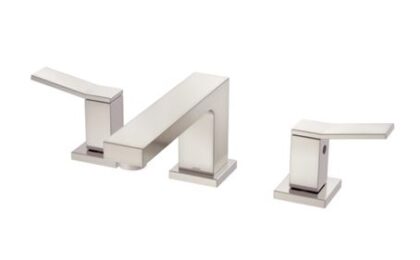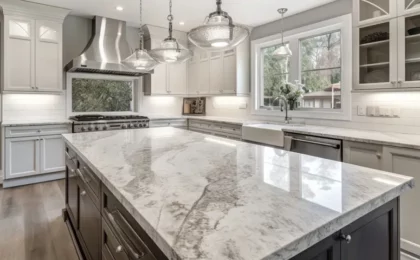Using Color in Your Home
Adding color to your home allows you to personalize your space. It does take careful thought, however, to include color wisely. Here are a few suggestions before you dive into color options for your décor.
Get to know the color wheel: Choosing a color palette can be difficult, but you can set yourself up for success by knowing the basics of the color wheel and how colors work together.
For example, colors that sit directly across from each other on the wheel, such as orange and blue, green and red or yellow and purple, are called complementary colors. Using a complementary color scheme creates an arresting look that can be overwhelming. On the other hand, sticking with similar color choices – next to each other on the color wheel – can quickly become boring.
Learn more about the color wheel here: https://www.fromthefloorsup.com/2010/03/the-color-wheel/
Use the principle of 60-30-10: Select a dominant color and use it for 60 percent of the color in a room. Use 30 percent – or half as much color – for your secondary color choice. Finally, add accents of a third color for the final 10 percent. For example, you could select red for a dominant color in a dining room, painting the walls and including some red in the rug on the floor. Brown as the secondary color might include the wood floors and a buffet and dining table. For a daring accent choice, use a yellow-orange for the dining chair cushions and table centerpiece.
Color Advice
It may be tempting to stick with neutrals when decorating, but the careful selection of colors that work for you can help make your home as inviting and welcoming as you are.
Neutral does not equal beige: Yes, beige is a neutral, but there are many other colors that can play as a neutral in your home. Take a look at a soft shade of lavender or a mushroom-toned off-white. Neutrals balance warm and cool tones and fall into the color background of a room. Avoid over-trendy choices for substantive pieces: You may love the newest and hottest color, but use it as an accent wall color or in throw pillows. Wall colors and accessories can be easily switched out, but when purchasing furniture, choose shades that will stand the test of time.
Lighting
Understand that lighting changes the look of colors: Something that seems too bright under fluorescent lights will shift in strength and hue under natural or incandescent lighting. Be sure to select and match colors under natural lighting first and see how each color will look in the room during different times of the day.
Think Fashion!
Don’t overload your color palette: While a mixture of colors can be beautiful, too many or the wrong shades together can be disastrous. You might want to start by finding a fabric that offers a good selection of two or three colors and use it as the basis for the color design of your space. Decorating your home is very similar to wearing a well put together outfit.
Finally, for a good idea of colors that you can live with, take a look in your closet. Chances are if you love a shade enough to buy it to wear, you will enjoy it in your home also. With just a little thought, you can take the leap into color and help make your home reflect your style and personality.
Authored by Shannon Vogel, Published on 4/30/2022

